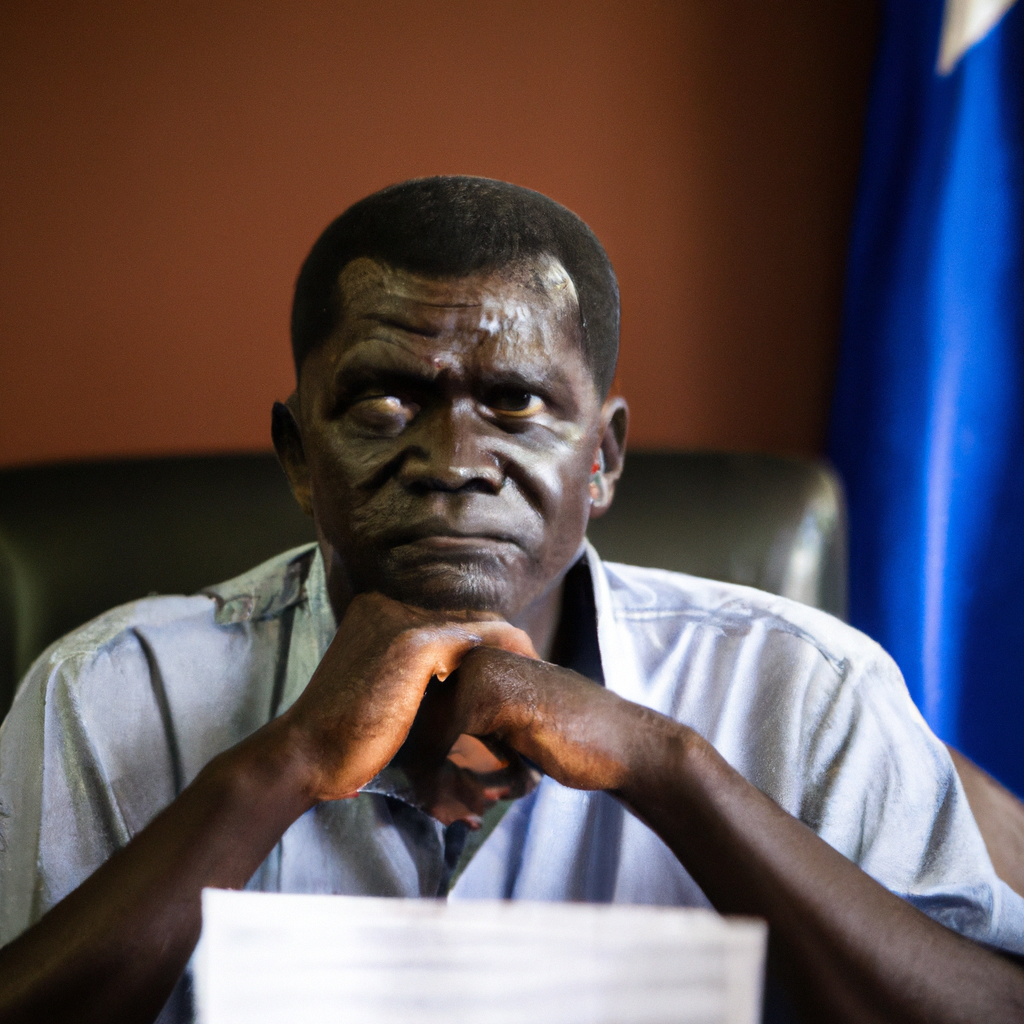A recent outbreak of Ebola in Uganda has tragically claimed the life of a child, heightening concerns about the spread of the virus within the country. The 10-year-old victim, who passed away in a hospital in the central region, exhibited symptoms typical of the viral infection, including high fever, fatigue, and gastrointestinal distress. Authorities have initiated contact tracing and increased health monitoring in affected areas to prevent further transmission. This incident marks a significant uptick in cases, prompting both local and international health organizations to assess the situation closely.
Authorities Respond to Rising Health Threat
In response to this alarming development, Uganda’s Ministry of Health has ramped up efforts to educate the public about Ebola. Health officials emphasize the importance of recognizing symptoms and seeking immediate care. Dr. Jane Akankwasa, a spokesperson for the Ministry, stated that “community awareness is critical in combating this deadly disease.”
In addition to public health campaigns, the Ugandan government has deployed emergency response teams to regions affected by the outbreak. This includes the coordination of medical supplies and resources to isolation centers treating infected individuals.
The World Health Organization (WHO) has also stepped in, offering technical support and guidance. They stress that early detection and isolation of cases are vital strategies in preventing widespread transmission. The WHO urges international travelers to remain vigilant, especially when visiting remote areas where Ebola is prevalent.
Understanding Ebola Transmission in Uganda
Health experts remind the public that Ebola is transmitted through direct contact with the bodily fluids of an infected person. This can include blood, saliva, sweat, and other secretions. During outbreaks, the risk of infection increases with cultural practices involving close contact with deceased individuals or during caregiving in households.
Uganda has experienced previous Ebola outbreaks, with some areas of the country being more vulnerable due to their proximity to wildlife and communities engaged in practices that increase exposure. These factors underscore the need for a concerted effort among health authorities and community members to curb the spread of the virus.
Here are key points to note regarding the current outbreak:
- Increased public health education about Ebola symptoms and prevention.
- Enhanced surveillance and contact tracing efforts underway.
- Collaboration with the WHO for medical guidance and support.
- Coordination of resources for effective isolation and treatment of cases.
Implications for Public Health
The death of the child has reignited fears of an escalating health crisis reminiscent of past Ebola outbreaks in Uganda. Public health officials are particularly concerned about the strain on the healthcare system, which can occur when case numbers rise sharply. Healthcare facilities may face a shortage of personnel and resources if the situation worsens.
Moreover, the psychological impact on communities cannot be overlooked. Fear and stigma surrounding Ebola often hinder reporting of symptoms and cases, further complicating containment efforts. Community leaders play a crucial role in mitigating misinformation and encouraging residents to seek help promptly.
In conclusion, the tragic loss of a child to Ebola not only highlights the urgent need for effective health measures but also serves as a stark reminder of the persistent threat posed by infectious diseases in Uganda. The government’s swift response, coupled with community engagement, is pivotal in preventing further loss of life. As the situation develops, ongoing education, cooperation, and vigilance will be essential in safeguarding public health. The focus now must be on protecting communities and ensuring that fears do not impede the fight against this lethal virus.








